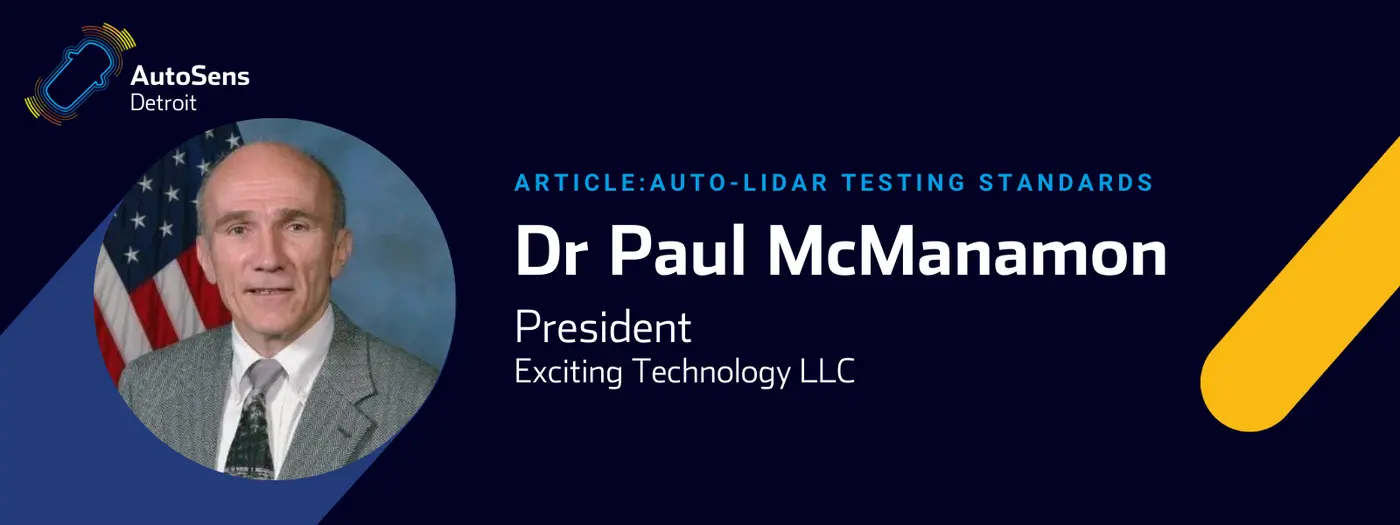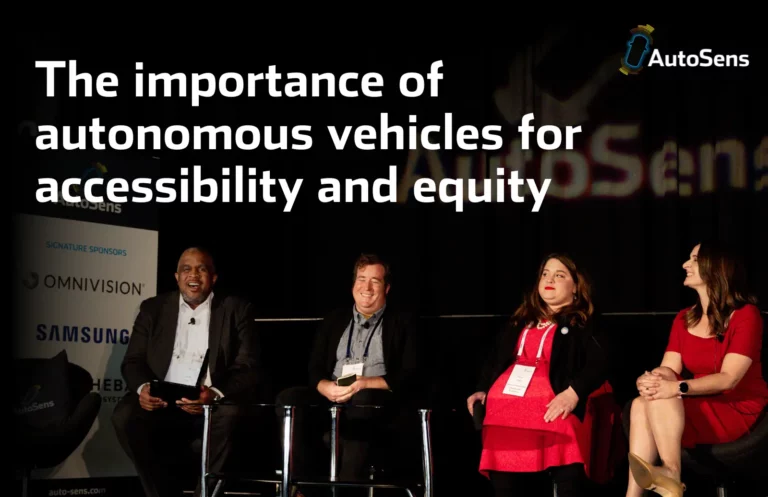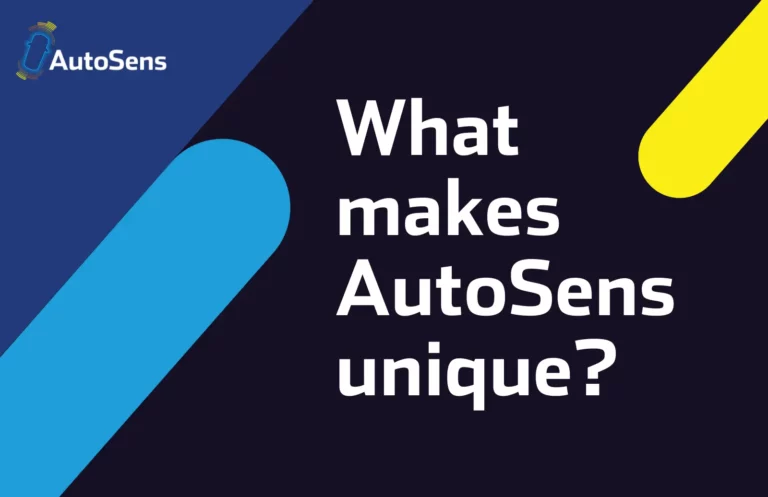Joining us at AutoSens Detroit, is Dr Paul McManamon, President at Exciting Technology LLC with a tutorial on “An Introduction to LiDAR”. In this article, he discusses his work on auto-lidar testing standards. Read on to find out more! Ps… Paul is also an instructor for our AutoSens Academy.
SPIE currently has a committee, chaired by Dr Paul McManamon of Exciting Technology LLC and the University of Dayton, to collect data that will allow the development of standards for how to measure the performance of an auto lidar. This is an important community requirement to help develop autonomous vehicles and Advanced Driver Assistance Systems (ADAS). The SPIE committee was planned as a 3 year committee, collecting data once per year, in association the SPIE Defense and Commercial Sensing, DCS, symposium.
Discussions are also under way with the SAE Active Safety Systems Committee, where we are proposing to form a task force under that committee to develop these standards, once sufficient data is collected under the SPIE committee. There are a wide variety of auto lidar types and companies, but no standards how to measure performance. Not all auto lidars have the same goals. They can be used for driver assist, or autonomous vehicles. They can be used for urban environments at 35 mph, or for the US freeway or the Autobahn. Auto companies, and tier one suppliers, have to be able to compare the performance of candidate lidars for the mission they are executing. At this time there are no standards.
The SPIE committee has conducted test in 2022, in conjunction with DCS.i These tests would have initially occurred in 2020, except for COVID, which delayed them by two years. Each year, for 3 years, the SPIE committee plans to do measurements, gradually becoming more complex. In the first year we measured basic performance for auto lidars against a standard child size target, a stressing case. We then placed highly reflective signs next to the targets, and re-accomplished the tests. We determined that confusers (the signs) placed close to the targets significantly reduced detection range. In the second year we will conduct the same tests, but also will add approaching auto lidars as additional interference. We also will add eye safety tests.
If there is a weather event during the tests in the second year we will take advantage of it to start establishing the influence of weather on the test auto lidars. In the 3rd year we will either add a weather tent with standard weather characteristics, or we will work with a state on weather measurements. SPIE tests should be concluded in the spring of 2024. At that time, we will have the data to begin seriously working standards. If SAE approves this will be done by a task force under the SAE Active Safety Systems Committee.
Dr Paul McManamon will be joining us at AutoSens Detroit as the leader of our Introduction to LiDAR Tutorial and is also looking forward to meeting interested parties that would be interested to be involved in this standards task force. We will be arranging a meeting onsite at AutoSens Detroit during which you can hear more about this work and anyone interested in joining this meeting or finding out more should complete this form, and we will pass on your information to Dr McManamon and the task force team.
Dr Paul McManamon is also an instructor for the AutoSens Academy, teaching his module:LiDAR for Automotive. You can find out more about the AutoSens Academy, and sign up here:https://auto-sens.com/academy/







